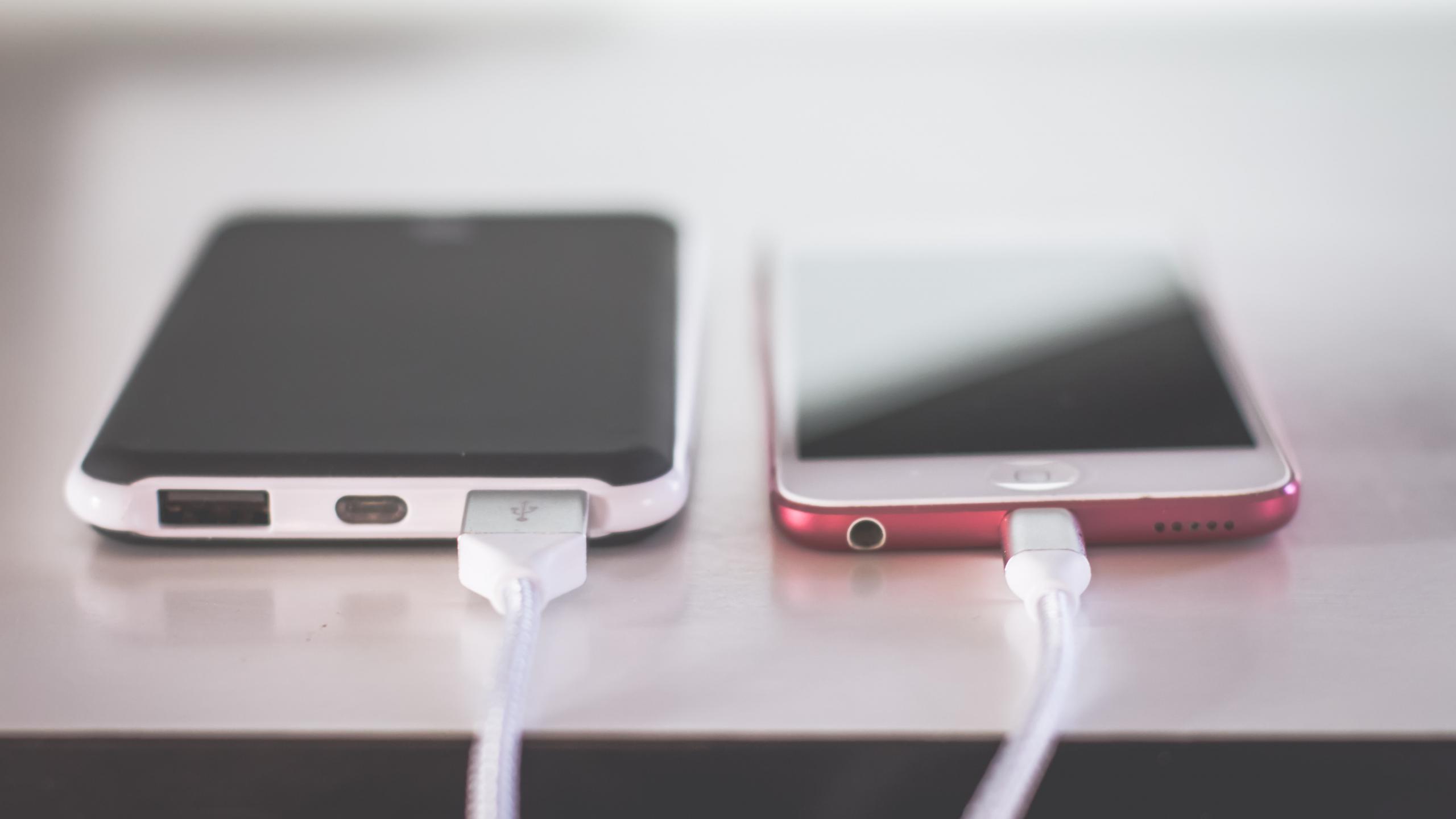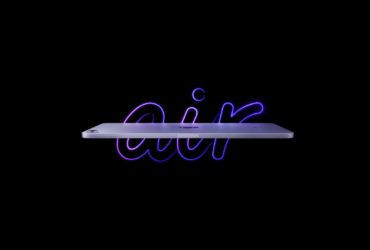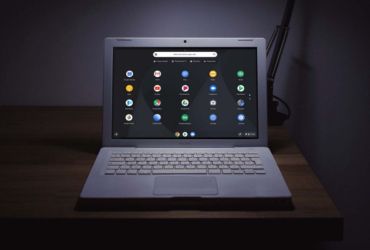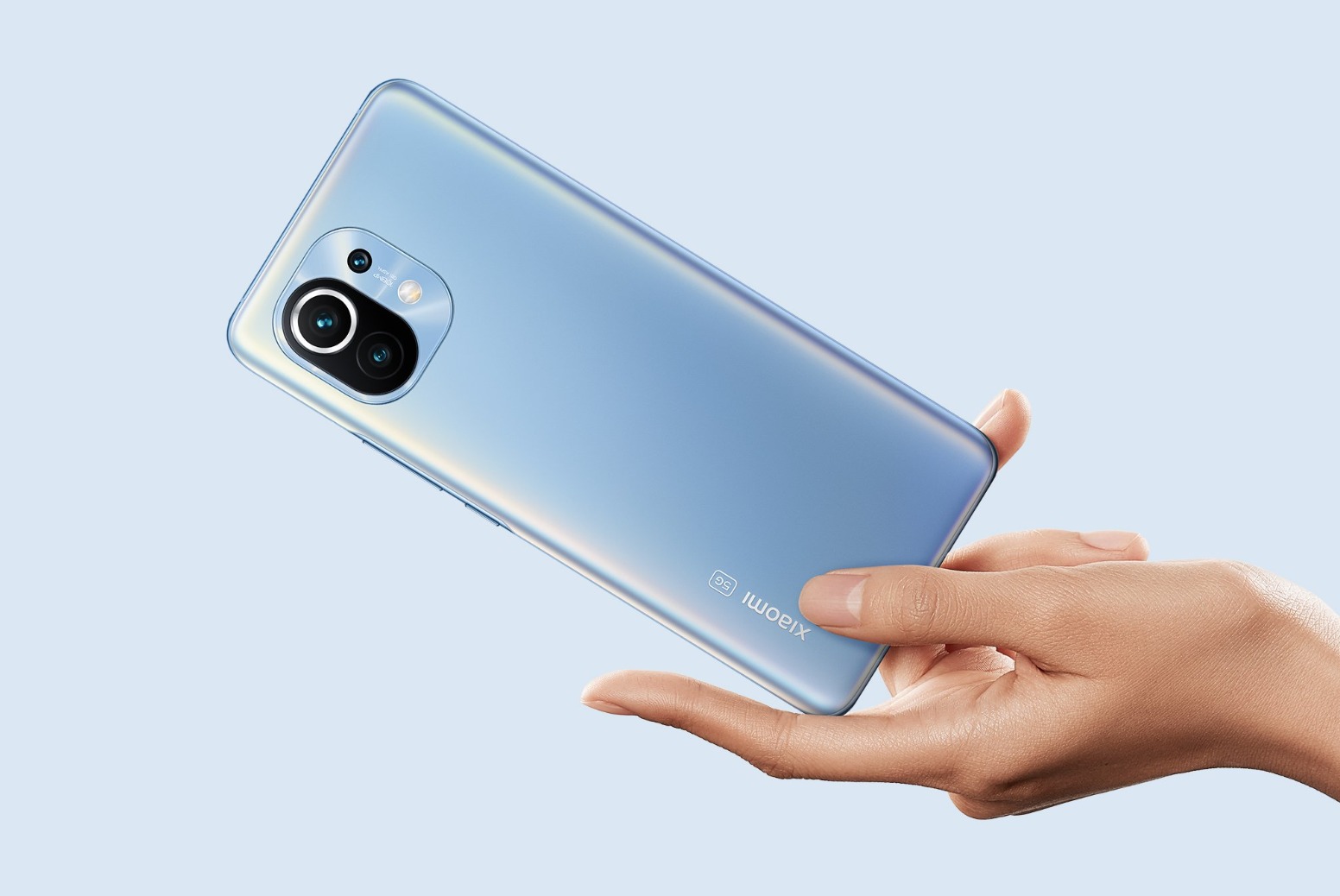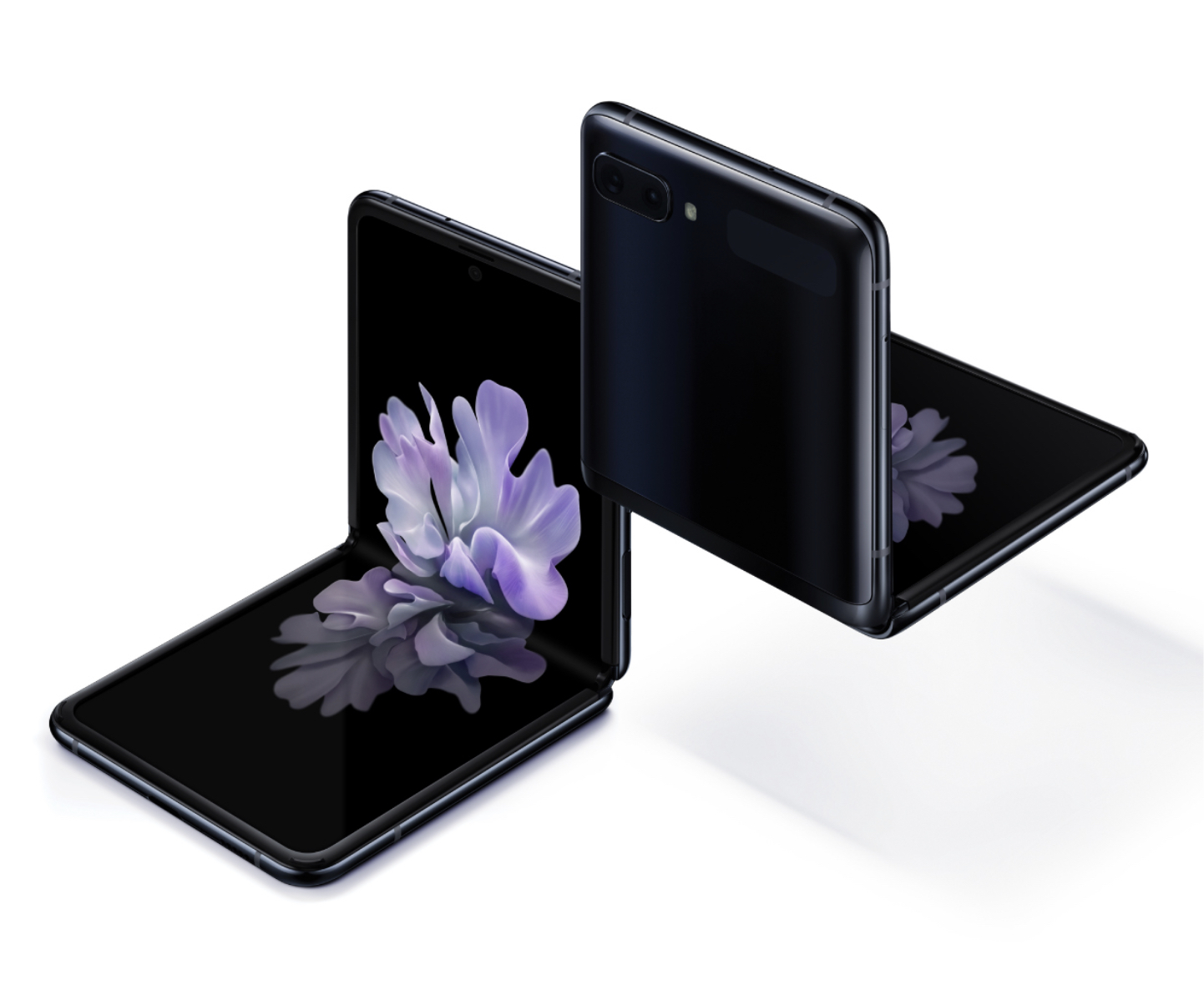Earlier this week, the European Parliament passed a resolution calling for the mandatory introduction of common chargers for all mobile devices. The move is to reduce e-waste in the bloc and “to empower consumers to make sustainable choices.”
European Union lawmakers want to harmonise chargers across devices including mobile phones, tablets and e-book readers.
In an official press release, the European Parliament wants the European Commission to adopt the delegated act in the 2014 Radio Equipment Directive by July 2020. If necessary, to table a legislative measure by the same date, at the latest.
In 2014, EU lawmakers gave the Commission powers to purse the move via a delegated act. The Commission’s soft approach by “encouraging” the industry to develop common chargers did not fully meet co-legislators’ objectives. However, it is noted that there was some progress—in 2009, there were more than 30 types of charging solutions; today it is down to three types.
Why the urgency?
According to estimates, around 50 million metric tonnes of e-waste are generated globally each year, with an average of more than 6kg per person. In Europe specifically, total e-waste generated in 2016 was 12.3 million metric tonnes, equivalent to 16.6kg on average per inhabitant.
Mobile chargers are responsible for 11,000-13,000 tonnes of e-waste per year.
The Parliament wants to reduce total environmental and resource footprint of EU, with resource efficiency, zero pollution and waste prevention as key priorities. This is part of its ambitious plan to tackle climate change and environmental challenges, to limit global warming to 1.5C as stated in its resolution on the “European Green Deal.”
In June 2009, the Commission facilitated and signed a Memorandum of Understanding (MoU) among major handset manufacturers to harmonise chargers for new models of data-enabled handsets, coming onto the market as of 2011.
For more insight on the impact of common chargers for mobile devices, read this report by the European Commission.
Will Apple be forced to introduce USB-C in the next iPhone?
Apple was one of the device manufacturers who signed the non-binding agreement in 2009. While it continued to use proprietary connectors on its devices (30-pin Dock Connector and Lightning port), it shipped micro-USB adapters for compatibility. Today, the tech giant still uses proprietary Lightning port for the iPhone and several of its iPad tablets for charging.
Its iPad Pro however migrated to USB-C in 2018. It has long been rumoured that Apple would move to USB-C for its smartphone, but it has yet to happen. A legislation in the third quarter may hasten the company’s adoption to a common standard.
In a statement last week, Apple said, “Legislation would have a direct negative impact by disrupting the hundreds of millions of active devices and accessories used by our European customers and even more Apple customers worldwide.”
There are 1.5 billion active iOS devices in the world, with close to one billion being iPhones.
Thoughts
When Apple introduced the 8-pin Lightning port to replace the 30-pin Dock Connector on the iPhone 5, iPod touch (5th Gen) and iPod nano (7th Gen), it was superior than existing connectors like micro-USB. It’s more compact, allowing for thinner, smaller devices and the design allows the convenience of plugging it in either face up or face down.
Today, USB-C (also reversible) has become common offering the same convenience and flexibility. Frankly, I don’t personally see Lightning surviving much longer, seeing that Apple has already introduced USB-C on devices like the iPad Pro and its MacBook line of notebooks.
Yes, there is an insane amount of Lightning-based devices out there currently and those aren’t going away anytime soon. That said, USB-C should be making its way into new upcoming Apple devices.
What do you think? Lightning or USB-C? Is a common standard good for consumers and manufacturers? Does this stifle innovation? Tell me what you think in the comments below.
Header image: Photo by Steve Johnson on Unsplash


